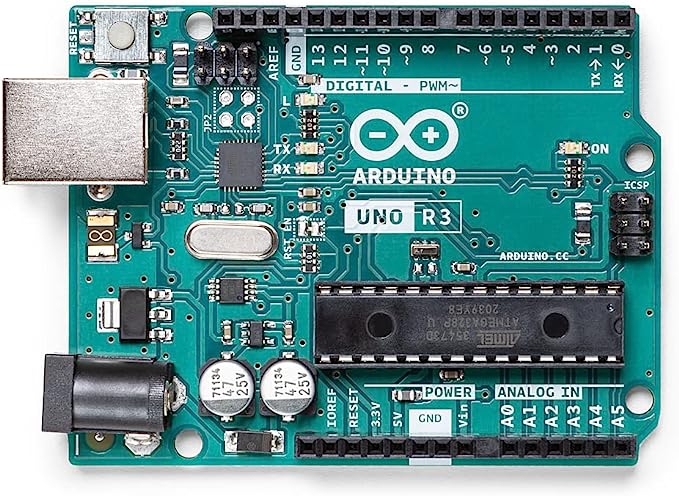
This page should REDIRECT to Platforms Overview.
The “microcontroller” is sometimes referred to as an embedded controller or microcontroller unit (MCU). At a high level it is a compact Integrated Circuit (IC) designed to govern a specific operation or task in a embedded system. An embedded system is a combination of computer hardware and software designed for a specific function. Add some sort of communications and you are getting into the Internet of Things (IoT) space.
This guide starts out with using Arduino microcontrollers. They were designed for learning these concepts, are easily available and quite inexpensive. The guide will expand to include other systems once the Arduino section is completed.
Note that you can buy “official” Arduino boards or aftermarket ones. If you are struggling or frugal, no one will fault you for buying aftermarket. That being said, if you can please do support Arduino by purchasing their products.
I’m currently tinkering with the following Arduino microcontrollers:
- Arduino Nano 33 IoT
- ELEGOO UNO R3 Board
- ELEGOO MEGA R3 Board ATmega 2560
Besides Arduino microcontrollers, there are also ESP32 Microcontrollers. The ESP32s typically have more IO pins as well as having Wi-Fi built in. I’m just now getting started with working.
Two units I’ve got on the dev bench that I’ll be trying out are:
- HiLetgo ESP32 SX1262 LoRa Kit – has a built in display, connections for external antenna and a spare button.
- CrowPanel ESP32 4.2″ E-paper HMI Display – where do I start? This thing is amazing!